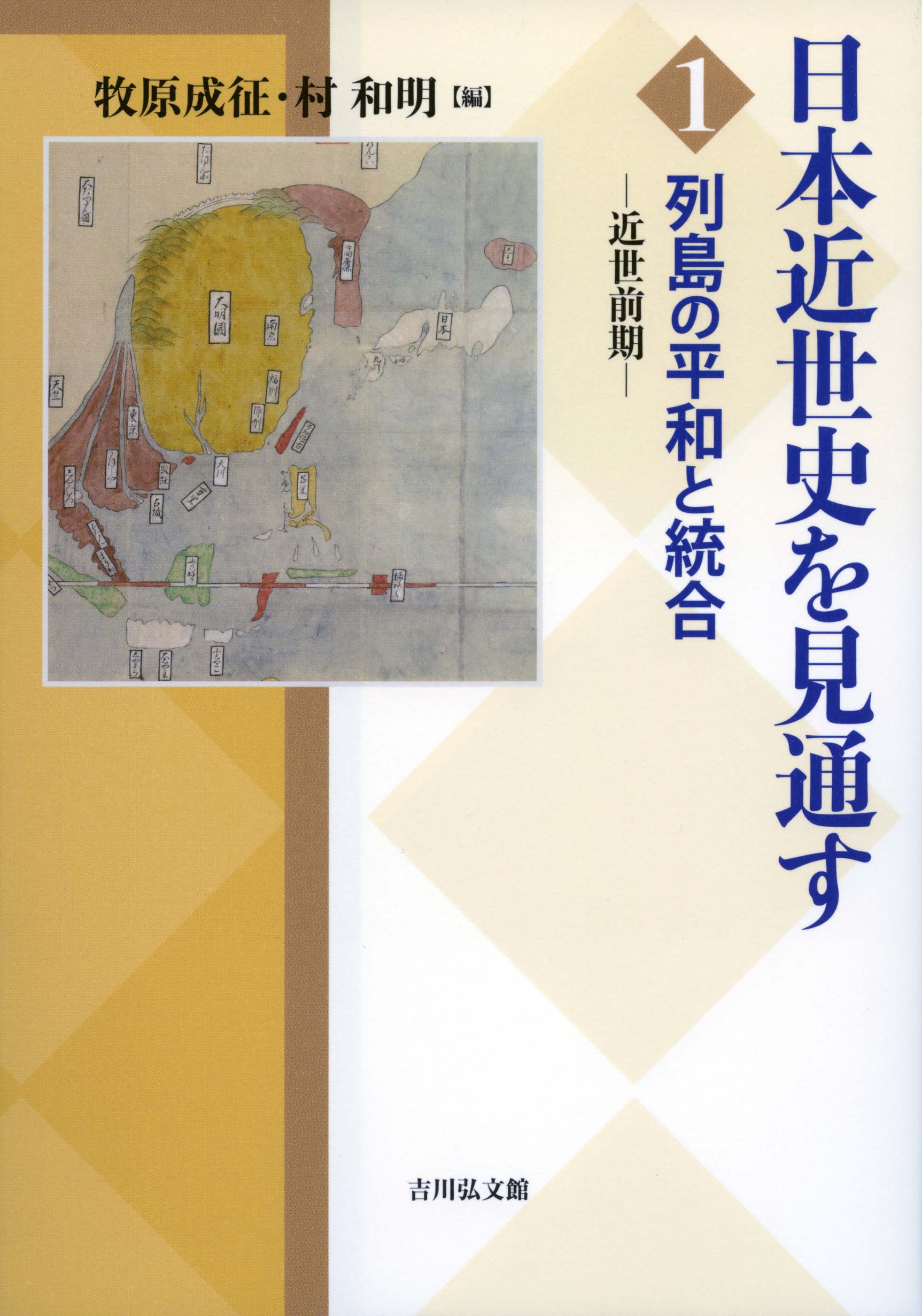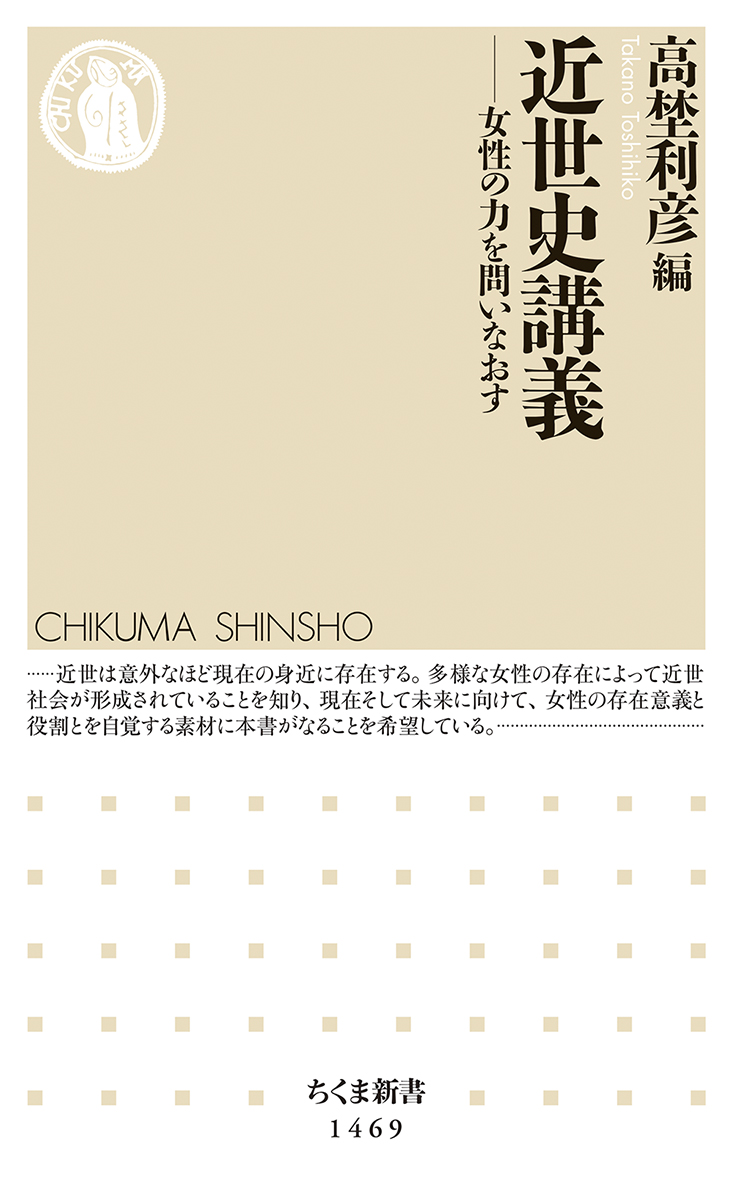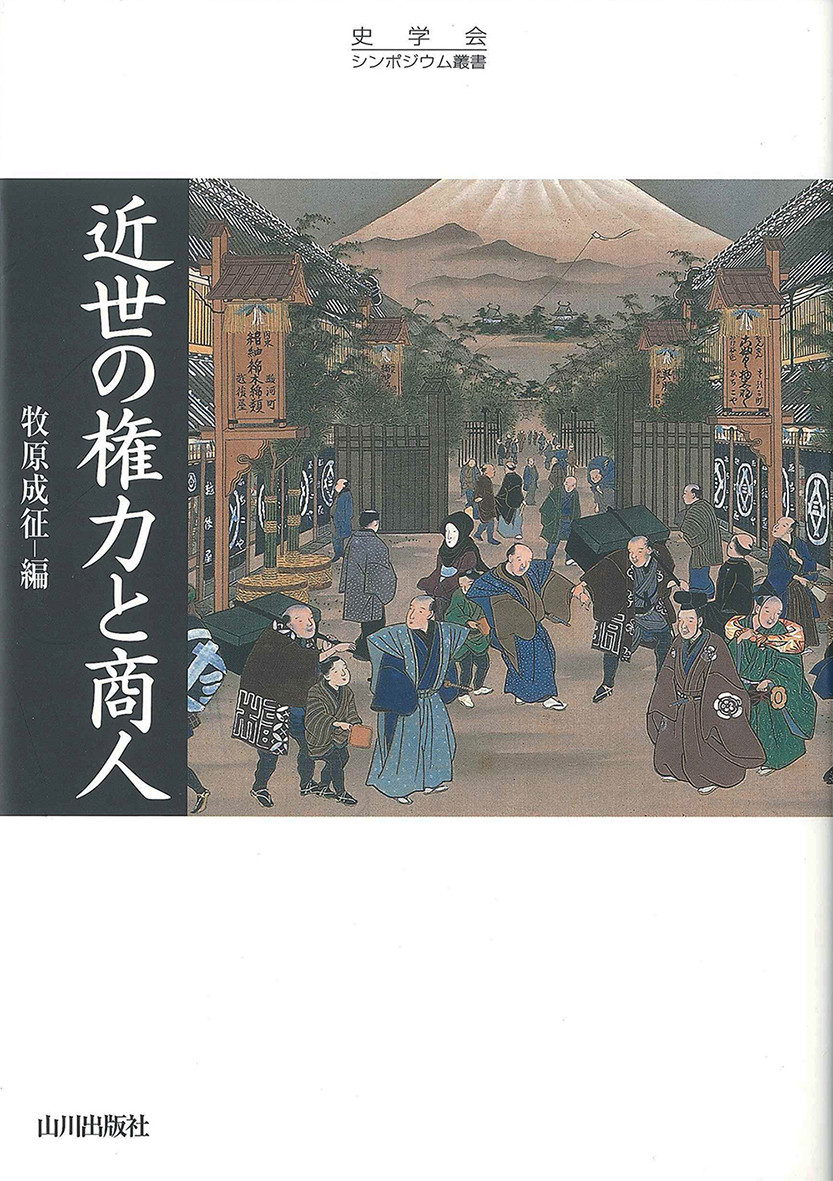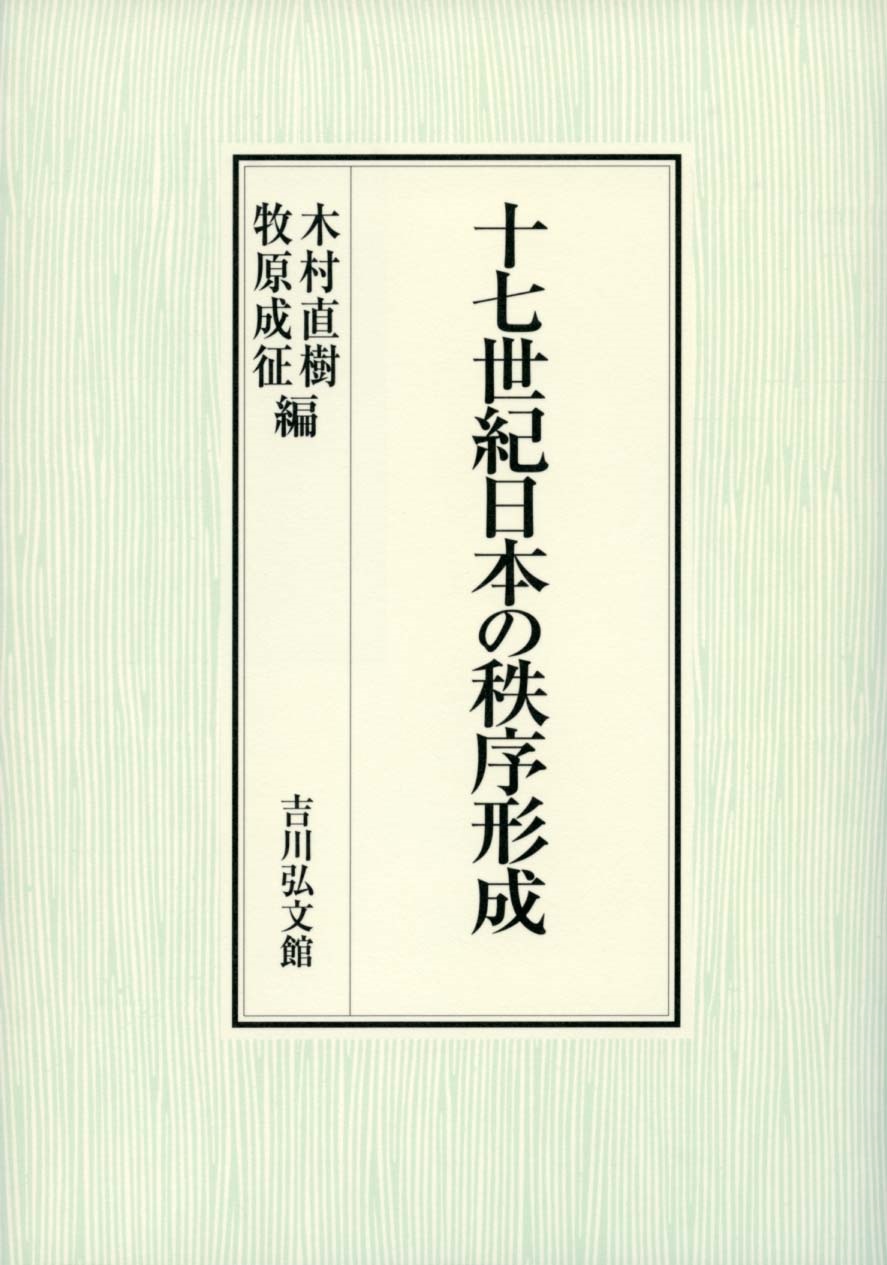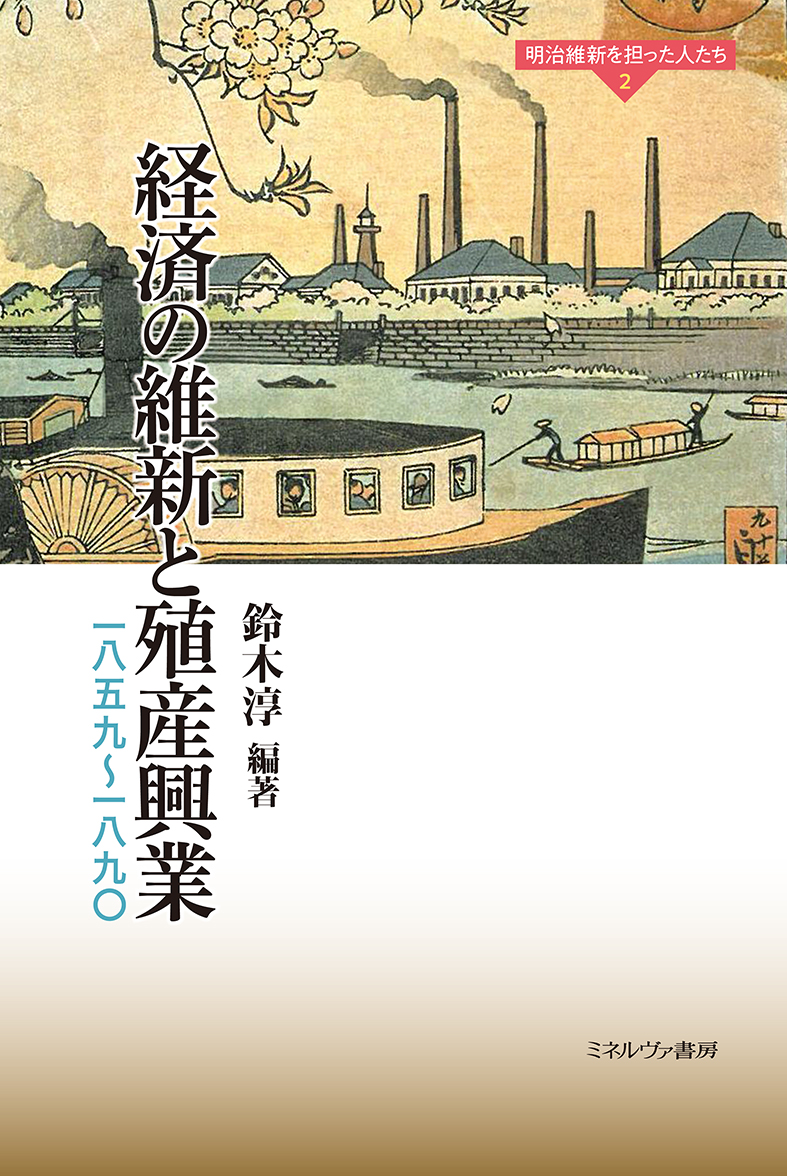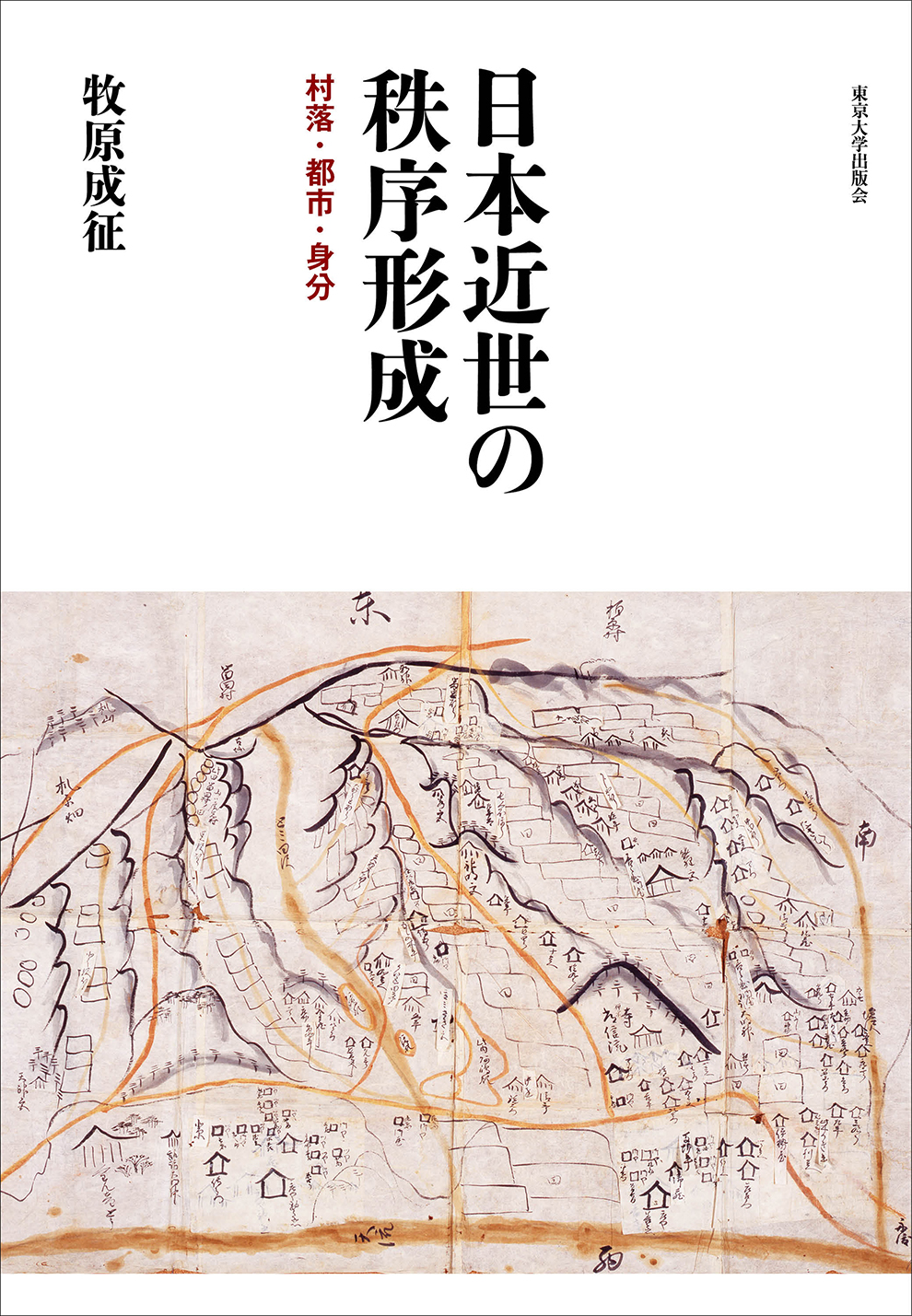
Title
Nihon Kinsei no Chitsujyo Keisei (The Formation of a New Order in Early Modern Japan - Village, City, and Status)
Size
402 pages, A5 format
Language
Japanese
Released
September 28, 2022
ISBN
978-4-13-020161-2
Published by
University of Tokyo Press
Book Info
See Book Availability at Library
Japanese Page
Japan’s early modern era refers roughly to the three centuries beginning from the time of Nobunaga Oda and Hideyoshi Toyotomi to the Bakumatsu period and is distinct from the Medieval era, which lasted up to the Sengoku period, and the modern period, which came after the Bakumatsu period and the Meiji era. A unified samurai government brought together feudal lords, lords, and the samurai of various regions to achieve “peace.” Under this government, society was largely divided into villages, comprising peasants, and machikata (cities), comprising townspeople.
Until the Sengoku period, it was not unusual for a person to be a peasant or a merchant while being a lord or a samurai, but these were clearly separated in the Edo period.. The era in which people defended their own interests by their own means, including military force, has come to an end. While groups such as villages and towns assumed control and achieved autonomy within their own borders, politics and security beyond these groups came to be monopolized by the shogunate and the feudal clans organized by rallied samurai.
Then, what led to the creation of this new and unique society? Why did the long medieval period last only till the end of the 16th century to usher in a new era in the Japanese archipelago? This is a fundamental question asked in Japanese early modern history, and various attempts have been made to answer it in the past. Although several original views have been offered, demonstrating the real pleasure of studying history, overall, the question still remains unanswered. In the introduction to this book, the author poses this question and summarizes it as plainly as possible to clarify the issue.
Since it is difficult to find answers to such a major question, we must focus on specific aspects and review them. Part I of this book examines the land system and social structure of Omi, where Hideyoshi Toyotomi became the first castle lord and made it the base of his power. Part II focuses on a village in Shinshu, which appears to be completely different from Omi, and sheds light on the shifts in the land system and social structure after the Sengoku period. Specifically, it focuses on how adopting a system in which the village was the unit of governance is connected to the survival of historical records.
In Part III, the development of land and status policies during the Oda and Toyotomi regimes and how these policies were devised and applied throughout the country, are examined, also focusing on the political processes of the Japanese archipelago as a whole and the international political and economic trends of the time. Policies related to the servants of the samurai, urban policies, monetary circulation, and fiscal and trade structures are also examined.
The book clarifies how historical materials are stored in the archives, starting from details at the household, individual, and village levels, considering the various regions of the Japanese archipelago, the political processes, and even exchanges with East Asia. It attempts to consider the framework of the early modern period dynamically within the framework of the flow of history from previous generations and its spread beyond the region. Having a broad perspective on the characteristics of specific societies in history and how they were formed allows us to understand the historical peculiarities of the world and society that we live in and bestows a certain power on us to live through it.
(Written by MAKIHARA Shigeyuki, Professor, Graduate School of Humanities and Sociology / 2023)



 Find a book
Find a book


 eBook
eBook